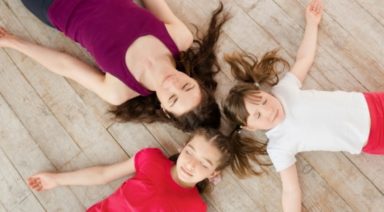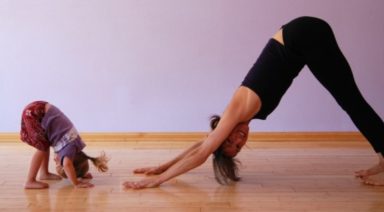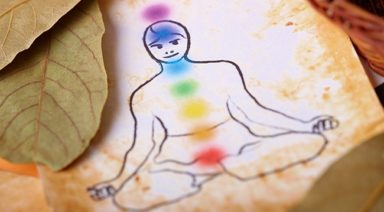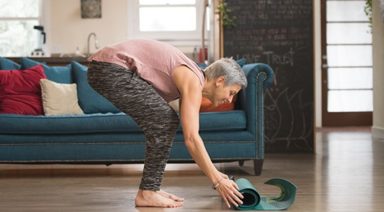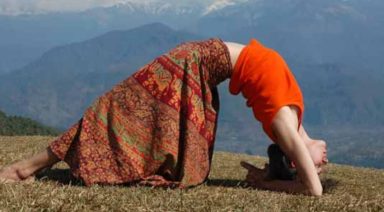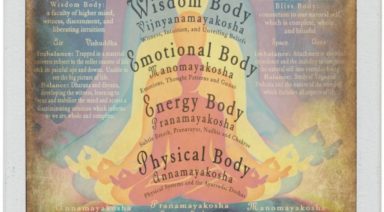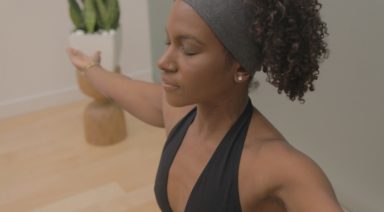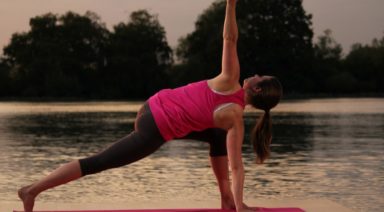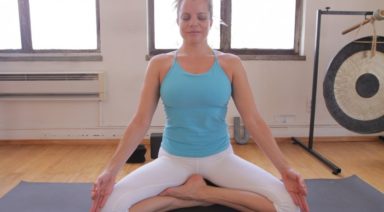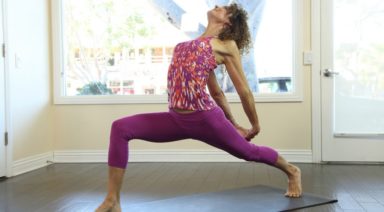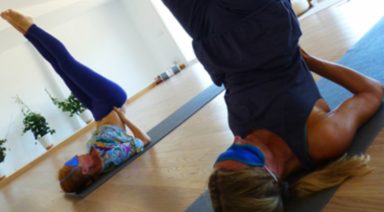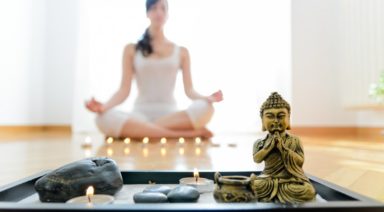Yoga for Special Needs Children
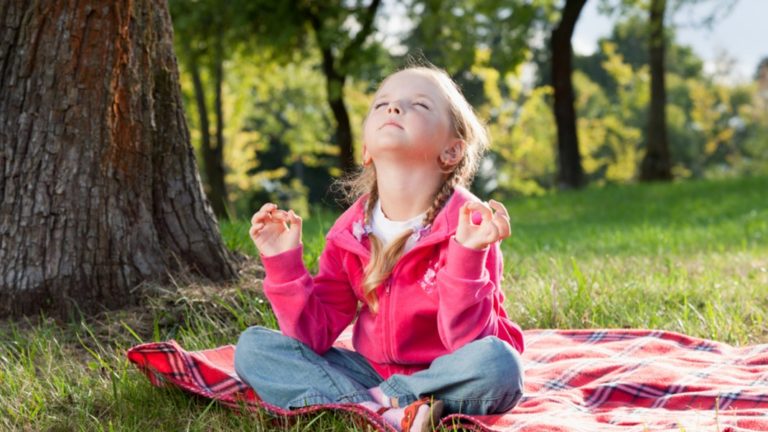
When parents think about exercise and development for their children, they may not initially think about yoga, relegating it as an activity for adults. Instead, team sports, gymnastics or karate classes are more likely to come to mind.
However, yoga can be very beneficial for all children, whether they have special needs or not. Like more traditional exercises, yoga promotes a healthy, active lifestyle and will help keep your child from becoming overweight – a serious problem that faces many children in the United States.
Yoga has other benefits as well, like improved posture, which is good for all children. Along with the physical benefits of yoga, it can also help your child develop mentally.
Benefits of Yoga for Special Needs Children
Children with developmental disorders like Autism, Down syndrome and Cerebral Palsy can benefit from doing yoga regularly. Children with learning disabilities, attention deficit disorder and ADHD can also benefit from participating in yoga classes.
Yoga Promotes Body Awareness
For children with disorders that affect their physical growth, yoga can help to promote body awareness. For many children, this can be a difficult issue, and more traditional athletic activities may be unsafe. Instead, low-impact exercises like yoga are preferred.
Yoga classes for children can even start at a young age, and many believe that even infants and toddlers can benefit from the body awareness that yoga can provide.
Yoga Improves Concentration
Children with attention deficit disorder, ADHD and other learning disabilities can also benefit from the improved concentration that regularly participating in yoga can bring.
While it may take some time for you to see signs of improved concentration, all doctors agree that exercise is important for children with learning disabilities.
In its simplest form, yoga is just exercise however, the breathing techniques and poses may help improve concentration more than other activities.
Teaching Yoga to Children with Special Needs
If you’re interested in teaching yoga to your special needs child, there are a few different ways that you can do it. Many parents mix techniques, especially if they have a busy schedule.
When you first start doing yoga with your child, taking a class designed specifically for children with special needs and parents can be beneficial.
There are also classes designed specifically for children with special needs that don’t involve the parents to the same extent.
Finding a class in your area shouldn’t be too difficult. Believe it or not, yoga for special needs children is pretty popular because of its myriad benefits.
After taking some classes and learning the basics, you may want to start doing yoga at home with your child in addition to taking a class once per week.
Once you know the basic poses, all you really need is a yoga mat and a room where you don’t have a lot of distractions. Many parents simply choose to move some furniture out of the way in the living room or family room.
Basic Physical Exercise
Every growing child needs to get exercise whether they have special needs or not. Exercise is essential for maintaining overall health.
While certain activities like swimming or low-impact aerobics can also benefit certain children, yoga doesn’t pose the same risks as those activities.
Yoga is also an activity that you can do anywhere with your child, unlike swimming or low-impact aerobics. All you need is a yoga mat and a basic understanding of poses and techniques.
Can All Special Needs Children Do Yoga?
Before you enroll your child in yoga classes, there are some things you may need to consider.
While most children can benefit from yoga, children with certain conditions like Cerebral Palsy may have to move at a slower pace, and the more strenuous parts of yoga may be off limits.
Take some time to talk with your child’s instructor about their condition before they start taking classes so the instructor will be aware of things your child may have a difficult time doing.
Yoga Overall
Yoga can be incredibly beneficial for children and adults, whether they have special needs or not. Getting your child involved in yoga classes early may be able to significantly help them throughout their lives.
You should also talk with your child’s doctor before they begin any sort of exercise routine. Yoga is a low-impact exercise that most children and adults can do, but it’s always best to get your child’s doctor’s approval first.
Animal Yoga Poses for Kids
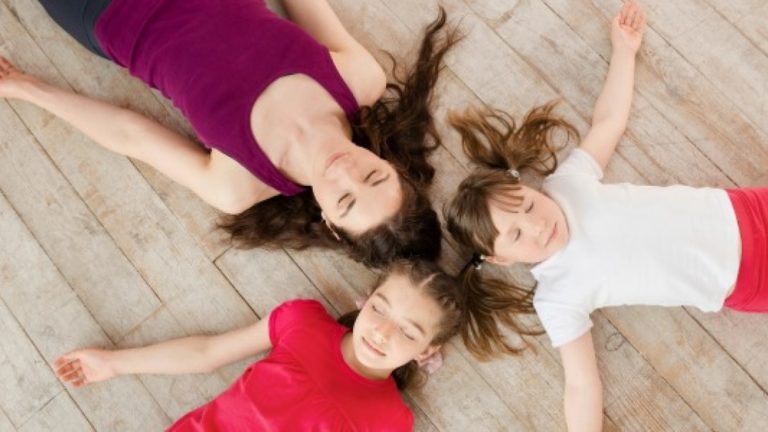
In the midst of discussing her chicken nuggets (she eats only the dinosaur shaped ones in the green box), she rolled back onto the padded window seat, bent her four-year-old knees into her little armpits and grabbed her feet. Happy Babies Pose. Gigi kept right on talking, sticking her head between her feet to look up at me with big brown in her smiling face. I marveled at my niece’s intuition and ability to move into yoga poses. At any time. And although the practice of yoga is very much a part of my life, her mom, my sister Robin, doesn’t practice yoga at all. In fact, when I asked her, Robin said Gigi had not been exposed to yoga. And yet, at four years old, she knew exactly how to move her body into many of the traditional poses.
Yoga postures, referred to as asana in Sanskrit, the language of Yoga, emulate animal shapes, elements in nature, and aspects of our surrounding world. Kids naturally create many these types of shapes with their bodies, in playful and expressive ways. My first thought was, “oh no! You shouldn’t compress the abdomen like in Happy Baby pose, mid-meal. Nor is it ideal to combine yoga and eating.” But my second thought, “Of course she’d come into Happy Baby pose, as she’s happiest when she’s eating dinosaur nuggets, the kind from the green package,” reminded me of the power of connection through yoga. Happy feeling = Happy Baby Pose.
With tools to listen and deepen our intuition, the practice of yoga connects us with our internal landscapes: breath, sensation, body awareness, and mental & physical balance. Simultaneously, yoga poses join us with our external landscapes, with the natural world and with one another. For example, when kids are encouraged to take the yoga pose of Frog, squatting with feet and knees wide, they can’t help but want to make some ‘ribbit’ sounds and hop around!
In our technology-saturated world, connection with nature, each other, and ourselves becomes an even more vital practice.
There are numerous studies on the benefits of yoga poses for kids. One such study, conducted by Kristie Patten Koenig, an assistant professor of occupational therapy at New York University, focused on elementary school kids and yoga. She and her team of researchers and teachers had the kids follow a specific routine each morning, five days a week, for 17 minutes. The routine: mats out, breathe deep, assume yoga poses, tense and relax muscles, and, finally, sing. Koenig says that yoga was effective because it seems to play to the strengths of kids (particularly those with autism), while also reducing stress. The researchers surveyed teachers at a school in the Bronx who said a daily yoga program reduced the kids’ aggressive behavior, social withdrawal and hyperactivity. “We know that anxiety fuels a lot of negative behavior, so the yoga program gives them a strategy to cope with it,” Koenig reported. “And if it’s done every morning, it becomes an integral part of the day that sets the status of the classroom and allows the kids to become calm, focused and ready to learn.”
In addition to aiding connection, yoga poses and the practices of yoga (mindfulness and breath along with movement) cultivate kids’ abilities to focus and concentrate. Yoga is increasingly being used in classrooms across the U.S. to improve the behavior and performance of kids. Additional research suggests that yoga practices help kids concentrate and focus, and improves their strength, motor coordination and social skills. Teachers report that yoga poses for kids aid in decreasing problematic behaviors.
Eight Yoga Poses for Kids
Whether you’re a teacher, parent, relative, or babysitter, kids yoga poses can be utilized in either formal teaching practice or informal play. Here are eight yoga poses for kids that can be used to enhance connection with the animal kingdom, themselves and each other. Kids can learn to welcome the sun in the morning and say goodnight to the sun in the evening, in their own yogic way.
As you’re directing kids into these shapes, allow space for their creativity and intuition to be a part of the practice. To create a deeper sense of unity and interaction, yoga mats can be placed in a circle. Use the time setting up the poses and between poses to provide information about the animal(s), their behaviors, and what we have in common with them and with each other. Allow space for both learning and play, while encouraging interaction with one other when appropriate and also the ability for each kid to connect with their own breath and sensations.

Lion Pose
- Come to hands and knees on the mat to create a table position
- Face soft to start
- Draw hips back towards heels in a pre-pounce
- Pounce forward on the mat, staying on hands and knees
- “ROAR!” sticking tongue out and looking up towards ceiling
Lion Pose is useful to teach kids to identify and manage their emotions. By linking sound and movement through the yogic practice, kids yoga poses such as Lion, create the teaching of healthy anger outlets and helps to limit emotional outbursts.

Down Dog
- Come to hands and knees on the mat in a table position
- Move hands forward one handprint
- Curl toes under
- Lift hips to the sky
- Breath work: Begin to pant with tongue hanging out, then close mouth keep the same ‘panting’ out the nose (Breath of Fire)
Down Dog Pose can be used to connect with others. Kids can take their Down Dog’s for a ‘walk’ moving off their mats and around the room, greeting other ‘Dogs’. Another option for Dog Pose in a group is to form a line of Down Dogs making a tunnel like opening beneath their bodies. One at a time, have a kid come onto their belly for Caterpillar and inch worm their way beneath the lifted Dog Poses.
Puppy Dog
- Come to hands and knees on the mat in a table position
- Walk hands forward until chest comes to the mat
- Keep arms outstretched
- Keep knees on the mat, lift ‘tail’ high
- Can make funny puppy faces, and ‘wag tails’
Puppy Dog Pose is a nice set up and/or release from Down Dog Pose. It can be used to initiate the strength to create Down Dog Pose as well as provide a softening release from it. Similarly, it can be helpful in revving up energy for Down Dog Pose (especially in a group line of Down Dogs) and bringing that same energy back down.
Caterpillar Pose
- Lay belly down on the mat
- Begin to wiggle through hips
- Either arms extended overhead or alongside hips
- Practice inching forward without using hands and feet
Cocoon Pose
- Lay either belly down or on back on the mat
- If using progression from Caterpillar to Butterfly; easier to be belly down
- Be still; unmoving
- Deep breaths
- Breath work: begin to breathe in at toes, up through legs, belly, chest, arms, throat, face and up through top of the head. Breathe out starting at top of the head, all the way back down, completing breath out from the toes

Butterfly Pose
- Lay belly down on the yoga mat
- Extend arms out to the sides
- Lift straight arms to sides of the room
- Lift straight legs to back of the room
- Can flutter arms like butterfly wings
Caterpillar, Butterfly and Cocoon/Corpse Poses linked together provide a wonderful opportunity to teach about the scientific transformation that occurs, as a caterpillar becomes an entirely different shape in the form of a butterfly. Depending on the ages of kids, you could incorporate information about how a caterpillar essentially turns to liquid in its cocoon, and then emerges as a completely different shape in butterfly.
Butterfly is another yogic shape that can be used as a pose of connection. Kids can make a circle with their mats, belly down, just less than arms distance apart. When they lift their arms, bellies connected to their mats, they can link arms with one another and fly together! Another option is to have kids emerge from Cocoon Pose onto their feet and explore ‘flying’ as butterflies to interact with one another around the room.

Childs Pose
- Kneel on mat with knees wide
- Big toes touch
- Lay belly towards mat
- Arms extended overhead
- Rest forehead on mat

Frog Pose
- Place feet wide on the mat
- Lower hips into a squat position
- Hands come to heart center
- Make ‘ribbit’ sounds
- Option to hop!
Frog Pose is another asana that can be used for interactive play. Invite kids in Frog pose to hop around and engage with one another for up to a minute. Then hop back to their mats and take Childs pose: wide knees lower on to the mat, hips back towards heels, forehead to the mat. These types of yoga poses for kids are a good practice in learning to extend energy through engagement outwards, followed immediately by pulling energy back in.
How would the world be different if our children are taught and encouraged to listen to their intuition?
If our children are supported to express their thoughts, ideas and emotions through yoga poses in a form of healthy play and self-expression? What if, rather than an alternative form of exercise that only occurred in studios, yoga became a way of communicating with ourselves, each other and the world around us?




